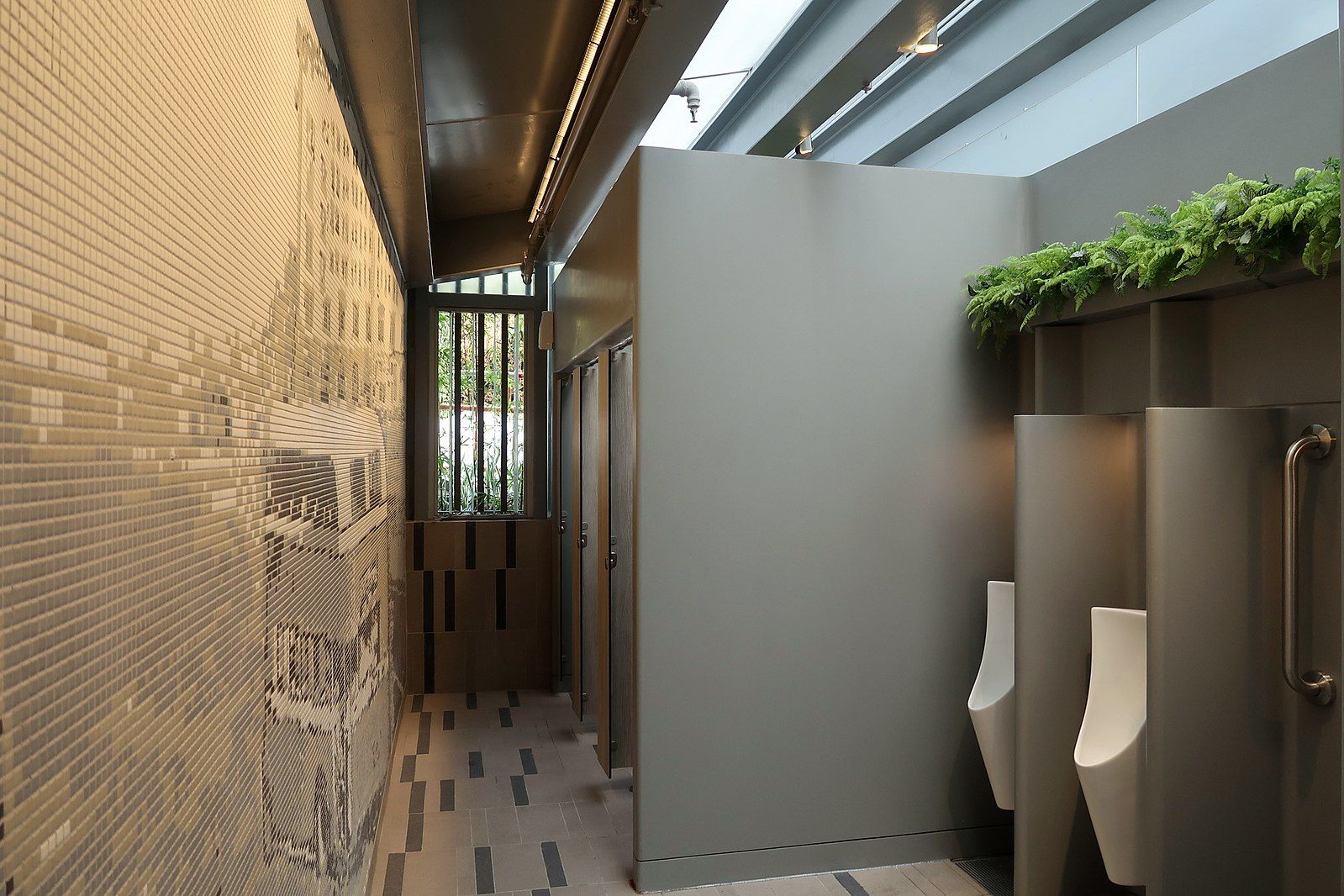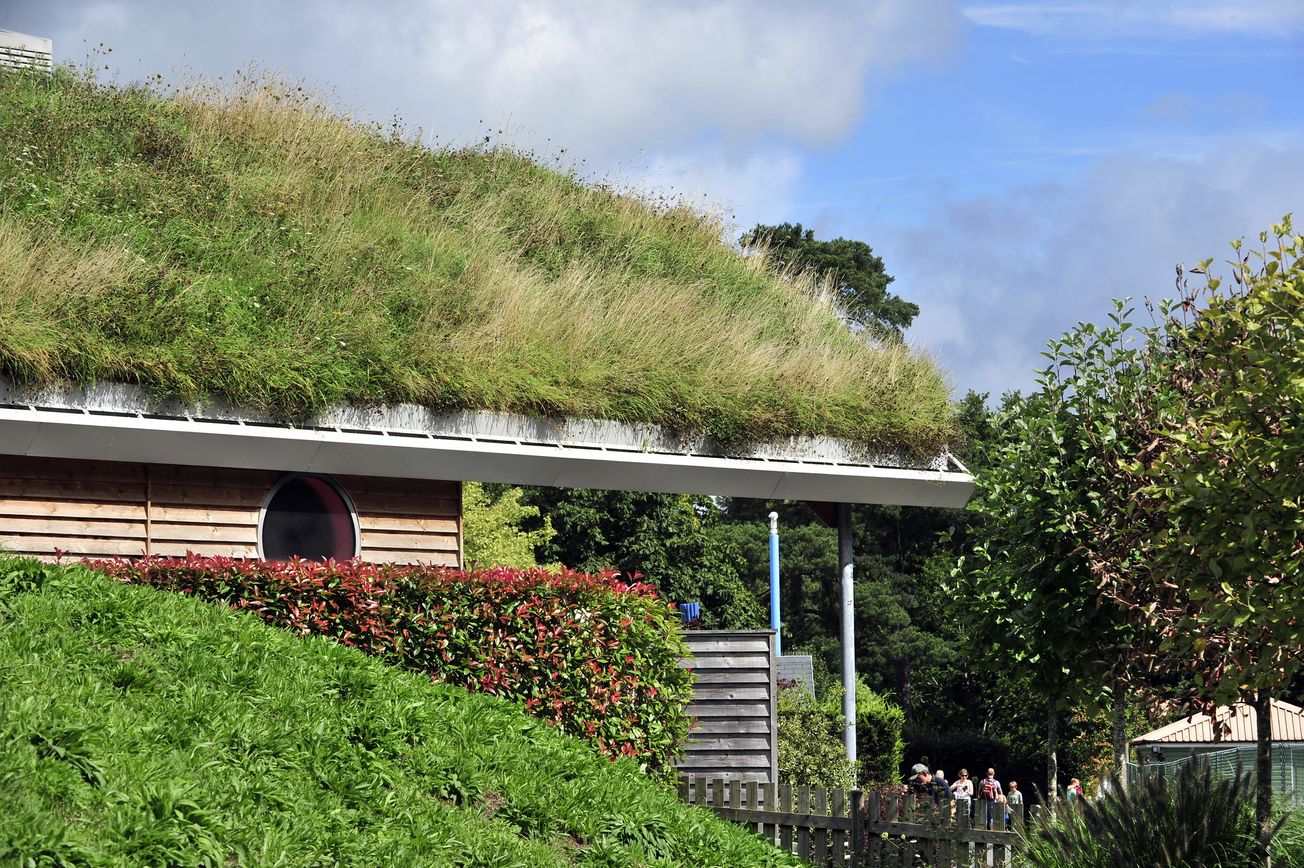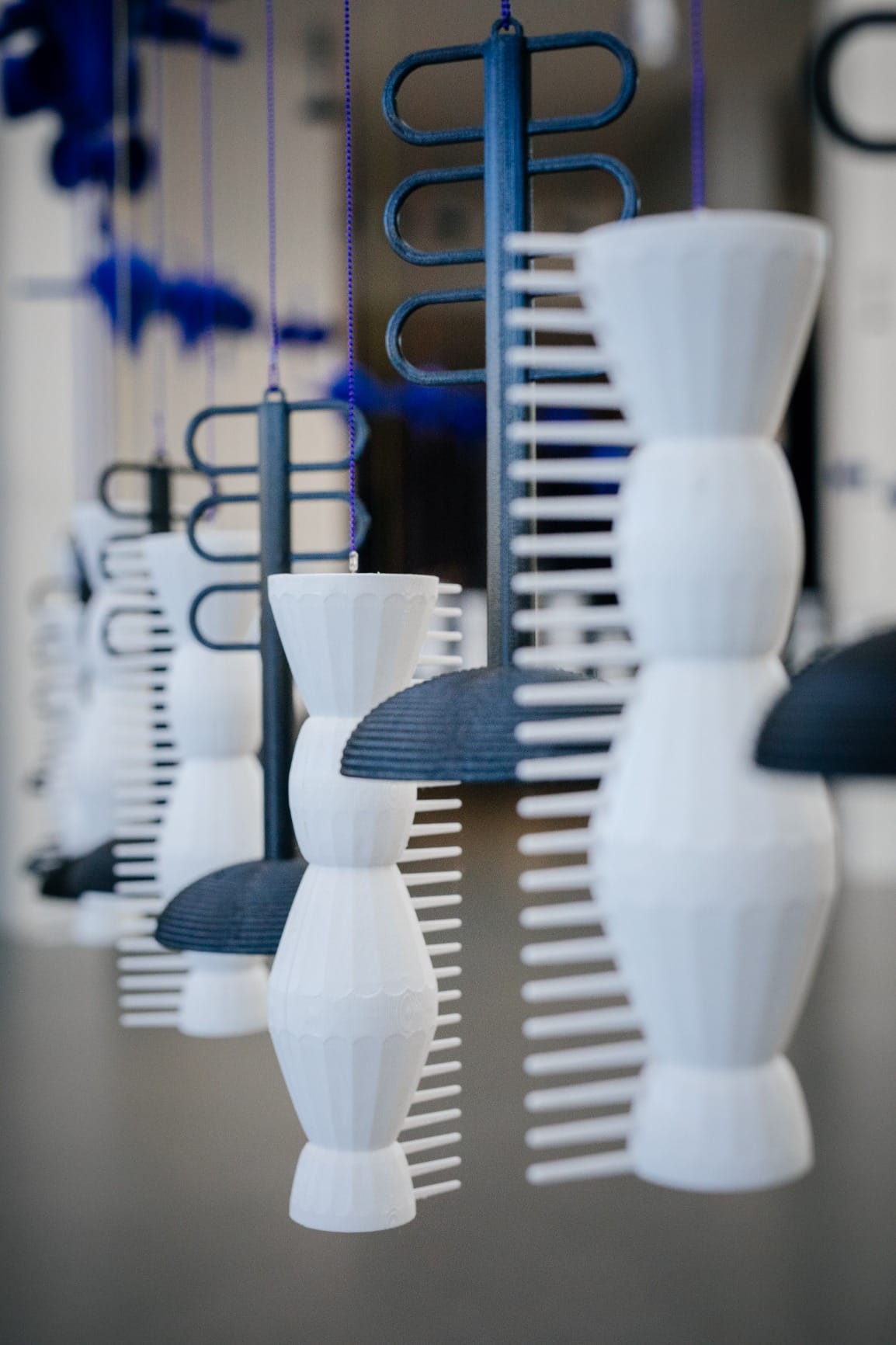A yearning for a deeper connection to nature often persists in the bustling heart of our modern cities and the confines of our urban living spaces. This innate desire, deeply embedded in our evolutionary history, forms the foundation of a design philosophy known as "biophilic design." Born from humanity's instinctive affinity for the natural world, this mode of design seeks to infuse our built environments with elements of nature, ultimately enhancing our well-being, health, and connection to the world around us.
The term "biophilia" was first coined by renowned biologist E.O. Wilson in his 1984 book, "Biophilia." In it, he introduced the concept that humans possess an innate and evolutionary predisposition to seek connections with nature and other living organisms. Wilson argued that this connection is deeply rooted in our biological makeup and has played a crucial role in our survival as a species. Building upon Wilson's early work, the concept of biophilic design took shape as an architectural and interior design philosophy. It was further popularized by the book "Biophilic Design: The Theory, Science, and Practice of Bringing Buildings to Life" by Stephen Kellert, Judith Heerwagen, and Martin Mador in 2008. This book helped codify the principles and strategies behind biophilic design and underscored its potential to create more harmonious and sustainable built environments.
Biophilic design offers a transformative approach to architecture and interior design by integrating elements of nature into our living and working spaces. It is not limited to aesthetics alone but encompasses a holistic approach that touches upon our sensory experiences, emotional well-being, and even our physiological responses to the environment. As such, biophilic design has myriad benefits, including improved mental and physical health to increased productivity and creativity.

When people are surrounded by natural elements such as greenery, flowing water, and natural light, their psychological well-being improves. Views of nature and the presence of indoor plants have been linked to enhanced mood and reduced feelings of stress, anxiety, and mental fatigue. Studies have shown that incorporating biophilic elements into workspaces can lead to increased productivity and creativity among employees. Natural light, plants, and views of nature can help individuals focus better, generate innovative ideas, and problem-solve more effectively.
Exposure to nature within the built environment can have tangible health benefits. Research indicates that patients in healthcare facilities with natural views and elements tend to recover more quickly and require less pain medication. Additionally, indoor plants can improve air quality by filtering out pollutants.
Biophilic design reconnects us with the natural rhythms of the day and the seasons. The introduction of natural light and outdoor views can help regulate our circadian rhythms, improve sleep quality, and boost our overall sense of well-being. The presence of water features, such as fountains or indoor ponds, can create a soothing atmosphere that reduces stress and promotes relaxation. The sound of flowing water can have a calming effect and contribute to a sense of tranquility. By incorporating biophilic elements into our built environments, we encourage people to engage with and appreciate the natural world. This engagement fosters a deeper understanding of ecological principles and the importance of preserving our natural surroundings.
Biophilic design often aligns with sustainability principles, as it encourages the use of eco-friendly materials and energy-efficient strategies. Integrating nature into design can also inspire a greater appreciation for the environment and the need for sustainable practices. Schools and educational institutions benefit from biophilic design by creating conducive learning environments. Natural light, green spaces, and natural textures can contribute to better concentration, retention, and overall student well-being. And finally, biophilic design can promote social interaction and a sense of community by creating inviting outdoor spaces, communal gardens, and shared areas that encourage people to connect with one another and with nature.
In a world where the built environment often distances us from the natural world, biophilic design stands as a beacon of hope. It reminds us that, even within our concrete jungles, we can cultivate spaces that nurture our innate connection to nature and, in doing so, promote our physical and emotional well-being.
As architects, designers, and urban planners continue to embrace the principles of biophilic design, our built environments have the potential to become not only more aesthetically pleasing but also transformative spaces that rekindle our profound connection with the natural world. The benefits extend far beyond aesthetics, ushering in an era where our well-being and the health of our planet converge harmoniously in the design of our surroundings.





